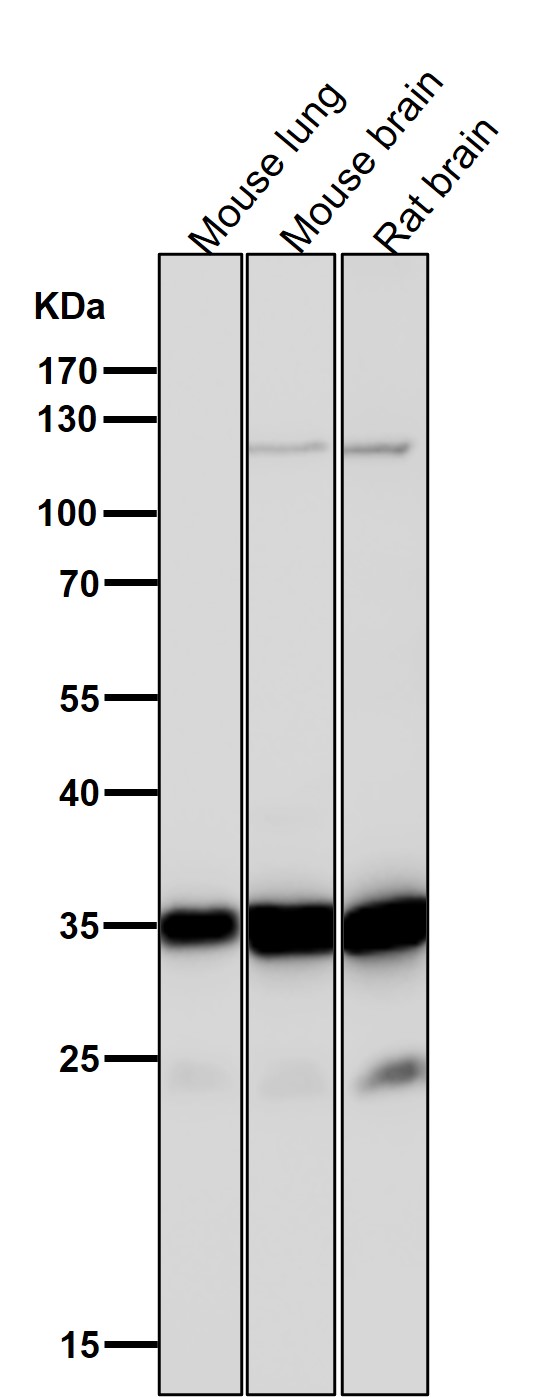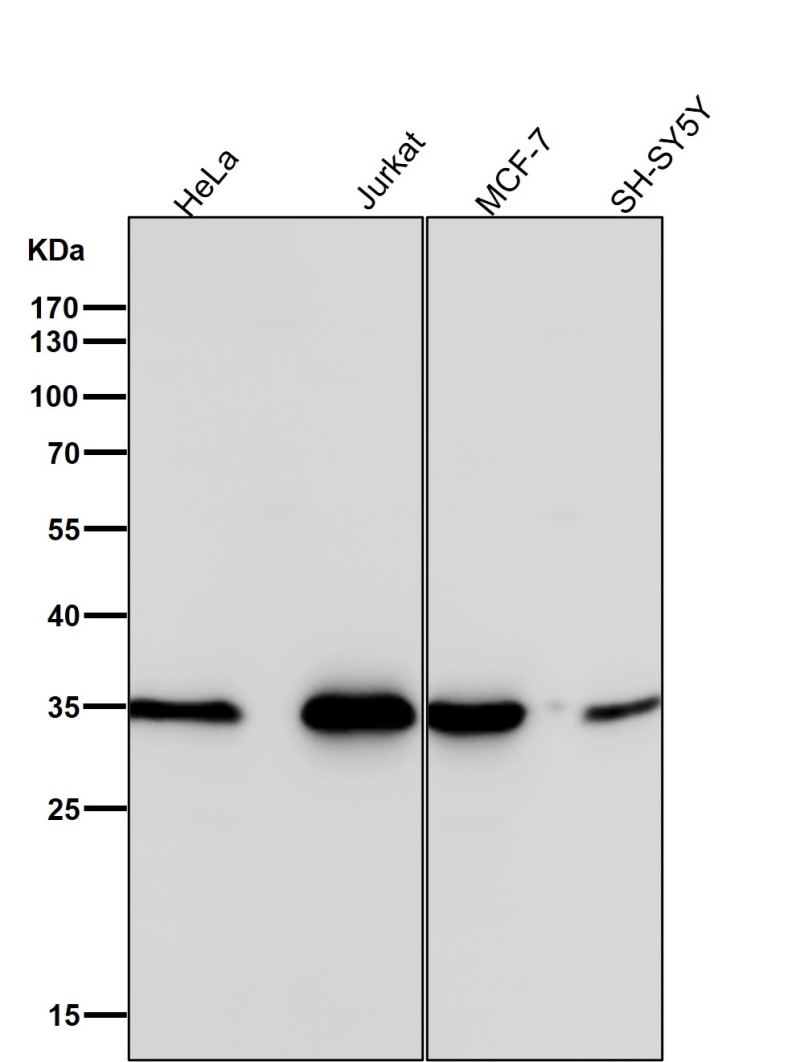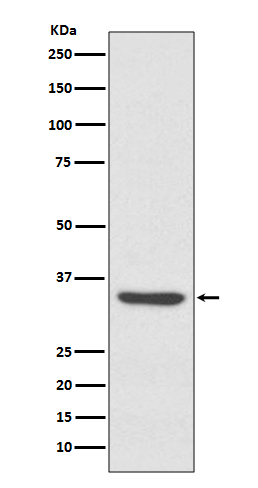


| WB | 咨询技术 | Human,Mouse,Rat |
| IF | 咨询技术 | Human,Mouse,Rat |
| IHC | 咨询技术 | Human,Mouse,Rat |
| ICC | 技术咨询 | Human,Mouse,Rat |
| FCM | 咨询技术 | Human,Mouse,Rat |
| Elisa | 咨询技术 | Human,Mouse,Rat |
| Aliases | CRSBP 1; CRSBP-1; CRSBP1; hyaluronic acid receptor;;LYVE1 |
| WB Predicted band size | 35 kDa |
| Host/Isotype | Rabbit IgG |
| Antibody Type | Primary antibody |
| Storage | Store at 4°C short term. Aliquot and store at -20°C long term. Avoid freeze/thaw cycles. |
| Species Reactivity | Human,Mouse,Rat |
| Immunogen | A synthesized peptide derived from human LYVE1 |
| Formulation | Purified antibody in PBS with 0.05% sodium azide,0.05% BSA and 50% glycerol. |
+ +
以下是关于LYVE1抗体的3篇代表性文献,涵盖其功能、应用及研究进展:
---
1. **文献名称**:*LYVE-1. a new homologue of the CD44 glycoprotein, is a lymph-specific receptor for hyaluronan*
**作者**:Banerji S, Ni J, Wang SX, et al.
**摘要**:该研究首次克隆并鉴定了LYVE1分子,发现其是淋巴管内皮细胞特异性表达的透明质酸受体,结构与CD44相似但功能不同。通过抗体标记证实LYVE1在淋巴管内皮中的特异性表达,为后续淋巴系统研究奠定基础。
---
2. **文献名称**:*Tumor lymphangiogenesis predicts melanoma metastasis to sentinel lymph nodes*
**作者**:Dadras SS, Lange-Asschenfeldt B, Velasco P, et al.
**摘要**:研究利用LYVE1抗体标记黑色素瘤中的淋巴管,发现肿瘤内淋巴管密度(LVD)与淋巴结转移显著相关,提示LYVE1作为淋巴管标志物在评估肿瘤转移风险中的临床价值。
---
3. **文献名称**:*Immunohistological validation of LYVE-1 antibody in the hepatic lymphatic structures*
**作者**:Ruddell A, Mezquita P, Brandvold KA, et al.
**摘要**:通过LYVE1抗体结合其他标记物(如Podoplanin)系统分析小鼠肝脏淋巴管分布,证实其特异性识别肝内淋巴内皮细胞,为研究肝脏疾病中的淋巴重塑提供可靠工具。
---
这些研究展示了LYVE1抗体在基础机制探索(如淋巴管发育)及临床应用(如肿瘤转移评估)中的关键作用。如需扩展,可补充针对特定疾病模型(如炎症或器官纤维化)的研究文献。
The LYVE1 (Lymphatic Vessel Endothelial Hyaluronan Receptor 1) antibody targets a transmembrane glycoprotein primarily expressed on lymphatic endothelial cells. Discovered in 1999 as a homolog of CD44. LYVE1 binds hyaluronan and plays roles in lymphatic vessel development, immune cell trafficking, and hyaluronan metabolism. It serves as a key marker for distinguishing lymphatic from blood vascular endothelium in research.
LYVE1 antibodies are widely used in immunohistochemistry (IHC) to visualize lymphatic networks in tissues, aiding studies on tumor metastasis (e.g., tracking lymphatic invasion in cancers), inflammatory diseases, and lymphedema. Unlike podoplanin (D2-40), another lymphatic marker, LYVE1 exhibits broader expression in normal lymphatics but may be downregulated in tumor-associated lymphatic endothelial cells, complicating cancer studies.
While LYVE1 is critical in developmental and pathological contexts, its expression can vary across species and tissue microenvironments, necessitating validation with complementary markers like Prox1. Commercial LYVE1 antibodies are typically validated for human, mouse, and rat tissues, supporting applications in both basic research and clinical diagnostics. Despite its utility, LYVE1's functional role beyond hyaluronan transport remains under investigation, highlighting its dual utility as a structural marker and a subject of ongoing mechanistic study.
×